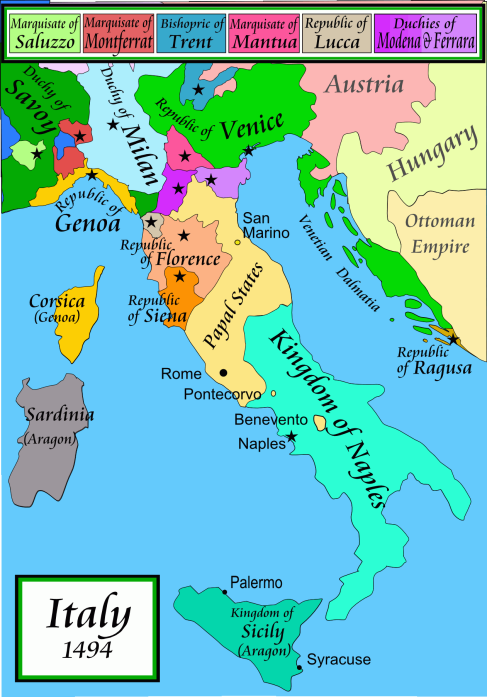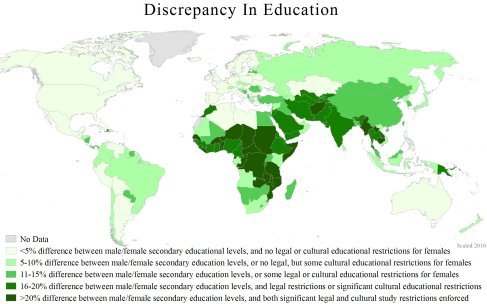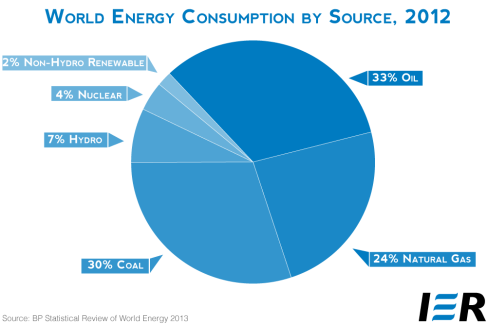Holy father, spiritual leader, vicar of Jesus Christ, and the effective voice of God on earth-all these and more are roles firmly associated with the bishop of Rome, leader of the worldwide Catholic Church. While the role and purpose of the pope was traditionally intended to pertain to spiritual matters only, history reveals many papacies that were far from being a merely religious office. Many a pope extended his religion-cloaked influence to heavily shape and control the political outcomes in Europe, all while partaking in many carnal indulgences.
From withholding or granting the papal blessing and investiture of newly crowned monarchs, to the use of the papal armies to form new regimes and territories, the papacies of the Roman Catholic Church have been incredibly influential over the political history of Europe and the world at large. One such pope in particular glitters with a legacy of political regimes, turbulent wars, debauched habits, and the uncanny ability to get away with anything, seen in Rodrigo Borgias, known as Pope Alexander VI. His unprecedented reign of Europe reached far beyond mere spiritual guidance, and under the deeply revered and unquestionable authority of our Holy Mother Church, he sought to carve out a path to wealth, security, and longevity for his reign.
From the position of one of Rome’s youngest appointed Cardinals, Rodrigo schemed and ruthlessly bribed his path to papal heights, leading many to remark that he “bought the papacy”. Intelligent, diplomatically skillful, and ostentatiously charismatic, he took the common nepotistic practices of previous popes to new heights. He carefully appointed his children and anyone else he found to be beneficial to his designs to positions of power and influence, which were acts in direct conflict to church law.
One such move to secure his reign was seen in Rodrigo’s handling of the French King Charles. In 1495 King Charles marched his armies of superior power through Milan, Florence, and finally Rome, intent on securing the kingdom of Naples for his own. Upon reaching Rome Charles intended to procure the papal blessing for his planned usurpation of the crown of Naples. In the face of this frightening invasion, every single one of Rodrigo’s Cardinals abandoned him, but Rodrigo insisted he would run from nothing and stay at his place in the Vatican. In a skillful display of manipulation, Rodrigo wielded his power as the “voice of god” to persuade Charles to pass through Rome peacefully, and gave his blessing for the king’s intended actions. King Charles was awed by his holiness’ portrayal of courage and piety and was pleased by Rodrigo’s seeming encouragement of his usurpation of Naples, and passed through Rome on to Naples quietly.
In the midst of his clever scheming, Rodrigo was well known for enjoying himself to the utmost. In one instance, a fete was held at the home of Rodrigo’s son, known today as The Ballet of Chestnuts. The pope and his children were joined by 50 prostitutes, who danced naked during the meal as entertainment. After dinner, chestnuts were strewn across the floor, and the naked courtesans crept on hands and knees amongst them and picked them up in their hands, mouths, and other bodily orifices. An orgy ensued, with prizes announced for those who could perform the act of sex with the courtesans the greatest number of times.
The history of political influence from the Pope Alexander VI, is complex, turbulent, and dark. From the appointing of secular kings, to the promoting of favorites to positions of power, to the partaking in any pleasures he so desired, Alexander IV was both known for far-reaching political influence and for his lecherous and carnal indulgences. While his every move was propagated as guided by God in the interest of the Holy Church, the agendas of the Borgias pope, as well as many other popes, has been far from strictly spiritual. From wealth and security to sexual indulgences and political power, the interests of Rome’s bishops are as unspiritual as they are true to humankind and it’s many self-serving desires.
Sources Cited:
Rath, John R. Borgia. World Book Encyclopedia. 1994 edition. World Book Inc., 1917.
Wilde, Robert. The Borgias. www.about.com Guide. 2013.
www.assassinscreed.wikia. 2013.
commons.wikimedia.org. 2013.
stephenhicks.org. 2011.
Edited by:
Oren Paisner
Kyra Binaxas
Jessica Silvestri












